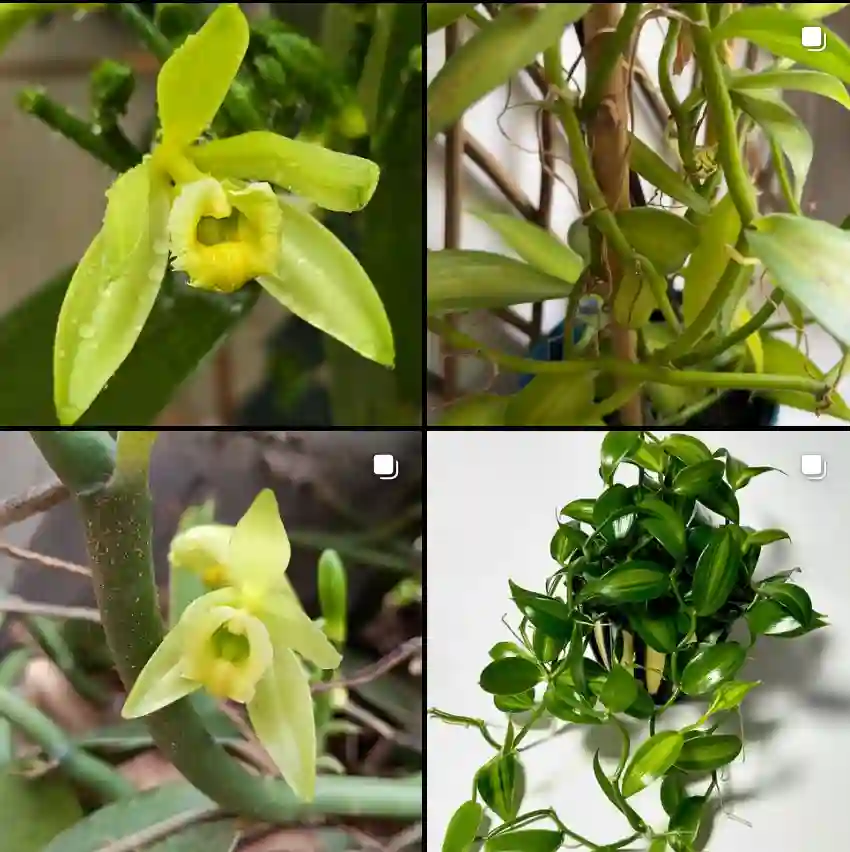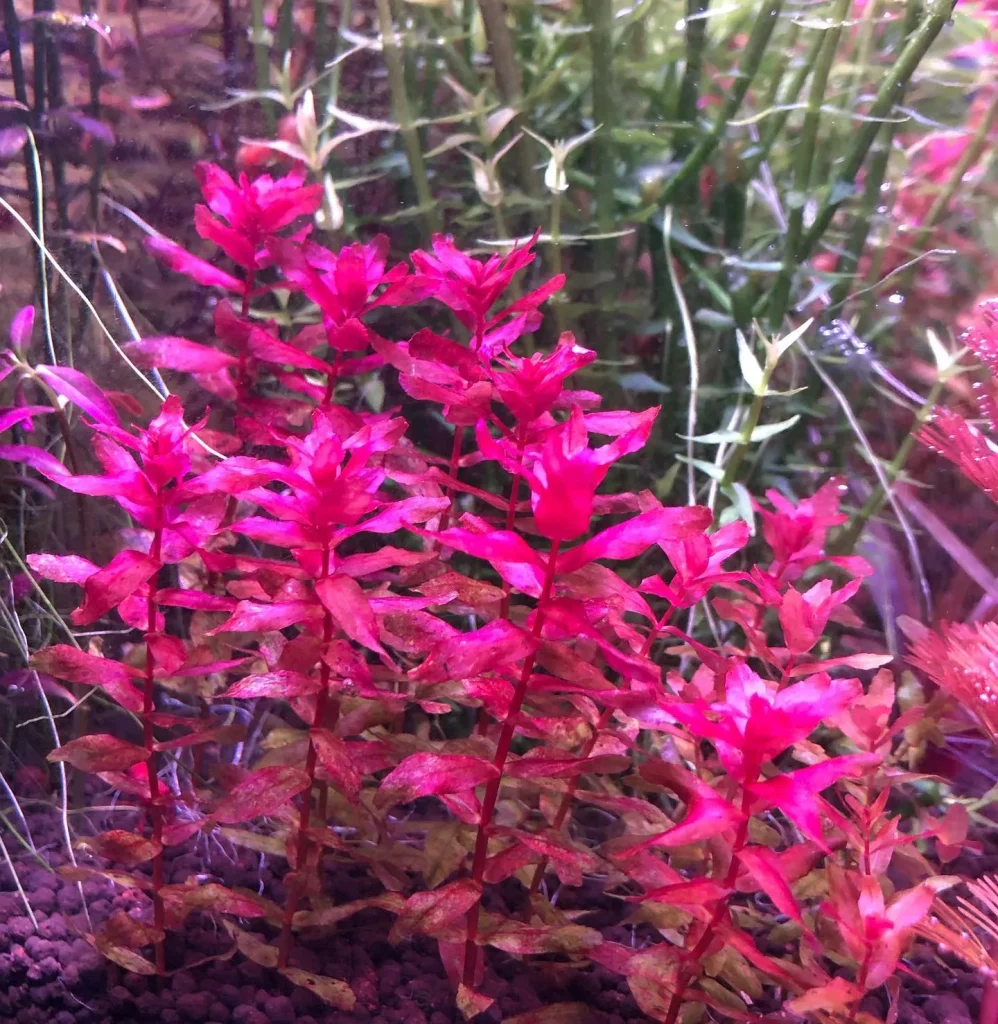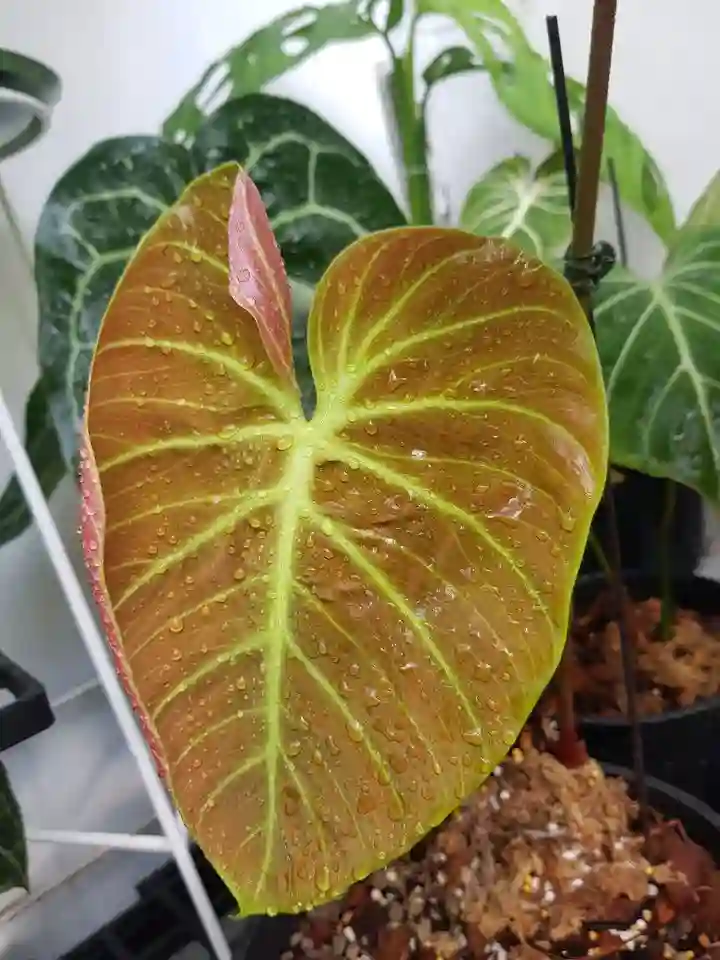What Is Psychotria Viridis?
Psychotria Viridis, often called Chacruna, belong to the Rubiaceae family, is a tropical shrub native to the Amazon Basin. It’s a crucial ingredient in the traditional brew Ayahuasca, used by indigenous people for spiritual and medicinal purposes. This plant is known for its psychoactive properties, which come from its primary active compound, dimethyltryptamine (DMT).
Plant Family: 616 Genera in Rubiaceae – Coffee Family
Where Does Psychotria Viridis Grow?
Psychotria Viridis thrives in the lush, humid environments of the Amazon rainforest. It prefers the undergrowth of tropical forests where the soil is rich in organic matter and the climate is consistently warm and wet. If you’re looking to grow it outside its native habitat, you’ll need to mimic these conditions as closely as possible.
How to Grow Psychotria Viridis?
Growing Psychotria Viridis can be a bit challenging outside its natural habitat. Here are some tips based on my experience:
- Climate: Ensure a warm, humid environment. It thrives in temperatures between 70-85°F (21-29°C) and high humidity.
- Soil: Use well-draining, organic soil rich in compost. A mix of potting soil, sand, and peat moss works well.
- Light: It prefers indirect sunlight. Direct sun can scorch the leaves, so place it in a shaded spot.
- Watering: Keep the soil consistently moist but not waterlogged. Regular watering is crucial, especially in dry periods.
- Fertilization: Feed it with a balanced, water-soluble fertilizer every 4-6 weeks during the growing season.
How to Germinate Psychotria Viridis Seeds?
Germinating Psychotria Viridis seeds requires patience and the right conditions:
- Soak Seeds: Soak the seeds in water for 24 hours to soften the outer shell.
- Prepare Soil: Use a mix of peat moss and sand. Moisten it but avoid waterlogging.
- Planting: Sow seeds on the surface of the soil and lightly press them in. Cover them with a thin layer of soil.
- Temperature and Light: Maintain a warm environment around 75°F (24°C) and provide indirect light.
- Humidity: Keep the soil moist and maintain high humidity, possibly using a plastic cover or humidity dome.
- Wait: Seeds can take several weeks to germinate, so patience is key.
How to Make Ayahuasca with Psychotria Viridis?
Making Ayahuasca traditionally involves combining Psychotria Viridis with Banisteriopsis caapi, another plant containing MAO inhibitors. Here’s a simplified version of the process:
- Ingredients: You’ll need Psychotria Viridis, Banisteriopsis caapi, water, and a large pot.
- Preparation: Boil the Banisteriopsis caapi stems in water for several hours to extract the MAO inhibitors. Strain and set aside.
- Add Psychotria Viridis: Boil the Psychotria Viridis leaves in a separate pot, then combine the two liquid extracts.
- Reduce: Simmer the combined liquids until you have a concentrated brew.
- Strain: Filter the liquid to remove any plant material.
Note: This is a highly simplified version of the process and should not be attempted without proper knowledge and precautions. The preparation of Ayahuasca is traditionally done under the guidance of experienced shamans.
Can You Smoke Psychotria Viridis?
While it is technically possible to smoke Psychotria Viridis, it is not a common or recommended method of consumption. Smoking may not effectively release or deliver the psychoactive compounds, and it can be harsh on the lungs. Traditionally, it’s consumed in a brew or used in other ways within indigenous practices.
Is Psychotria Viridis Legal?
The legality of Psychotria Viridis varies by country and jurisdiction:
- In the US: Psychotria Viridis is legal to grow and possess. However, the DMT it contains is classified as a Schedule I controlled substance, making the extraction or use of DMT illegal.
- In Canada: Growing Psychotria Viridis is legal, but similar to the US, extracting or using DMT from it is illegal.
- In Other Countries: Laws vary, so it’s important to check local regulations.
Is Chaliponga the Same as Psychotria Viridis?
Chaliponga, or Diplopterys cabrerana, is often confused with Psychotria Viridis. While both are used in Ayahuasca preparations, they are different plants. Chaliponga contains a different set of alkaloids and is sometimes preferred for its unique properties.
Psychotria Viridis vs Mimosa Hostilis
Psychotria Viridis and Mimosa Hostilis are both used in Ayahuasca and other traditional brews, but they have distinct differences:
- Psychotria Viridis: Contains DMT and is often used for its psychoactive effects in the brew.
- Mimosa Hostilis: Contains DMT in its root bark and is commonly used in other forms of extraction, like for DMT extractions.
Both plants are integral to different preparations and have unique properties and uses in traditional practices.
How to Care for Psychotria Viridis?
Proper care involves:
- Watering: Keep soil consistently moist.
- Humidity: Ensure high humidity levels.
- Temperature: Maintain a warm environment.
- Pests: Watch for common pests like spider mites and aphids.
Common Problems and Solutions
- Yellowing Leaves: Often a sign of overwatering or nutrient deficiency. Adjust watering and fertilization practices.
- Leggy Growth: May indicate insufficient light. Provide more indirect light.
Conclusion
Psychotria Viridis is a fascinating plant with a rich history and significant role in traditional practices. While it poses some challenges for cultivation and legal concerns, its unique properties and uses make it a plant worth exploring. Whether you’re interested in its traditional uses or its growing potential, understanding the nuances of Psychotria Viridis can enhance your appreciation and knowledge of this remarkable plant.
If i die, water my plants!



